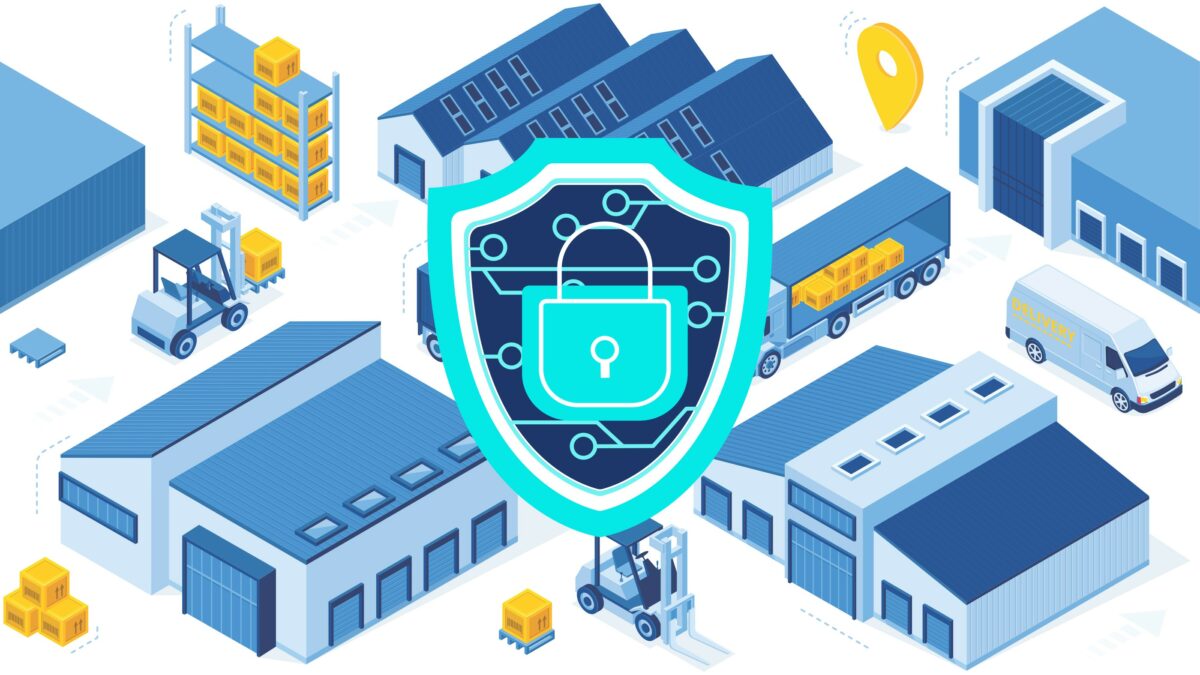Almost every aspect of our life is turning digital now and this increases the risk of cyber crimes and threats. Based on the FBI’s Internet Crime Report of 2023, there were a record number of cybercrime complaints exceeding 880,400 which led to potential losses of over $12.5 Billion. This indicates a huge increase in businesses as well as individuals suffering from the rise in cybercrime.
Cyber criminals and hackers are always on the lookout to breach digital spaces through scams, phishing attacks, identity and data thefts, etc. To prevent and be safe from such attacks, organizations must improve their cybersecurity strategies leveraging the latest technologies, including Artificial Intelligence. In the following post, we’ll read about the importance and applications of artificial intelligence in the field of cybersecurity.
Role of Artificial Intelligence in Cybersecurity
Traditionally, most cybersecurity efforts like incident response, monitoring and identification of threats, etc. were time-intensive and manual. This caused a delay in remediation tactics, increased exposure, and increased vulnerabilities against cyber attackers.
However, in recent years, organizations have benefited a lot by incorporating AI solutions to their cybersecurity operations. AI helps automate several labor-intensive core functions and transforms workflows into streamlined, continuous processes. This maximizes protection against cyber threats and speeds up remediation strategies.
Applications of AI in Cybersecurity
AI helps organizations improve their overall cybersecurity and even helps with managing third party risk in a better, efficient manner. It tracks patterns of system usage to detect malicious activities and predict attacks before they take place. AI-enabled monitoring works 24×7 and allows organizations to take preventive measures and mitigate threats.
Phishing & Malware Detection
AI is excellent when it comes to threat detection and prevention. It analyzes large amounts of data from different sources and identifies odd user patterns that may lead to malware or phishing attacks. AI detects shifts in employee behavior like clicking on a phishing or scam email unintentionally, or notifying about any type of security breach.
This is perfect for providing security against phishing and malware attacks and with endpoint security maintenance. For malware and phishing attacks, AI distinguishes between what is normal or what is suspicious, stopping it before it compromises your network or data. Upon detecting malware, it automatically removes malicious files with minimal response time. Also, it checks all email content, sender info, etc. to identify and stop phishing attempts.
Automating Security Operations
AI automates the threat detection system, processing billions of network requests, user behaviors, data points, and more. Doing this manually would take days but AI does this in real-time and offers analysis side-by-side. This helps search automatically for vulnerabilities and making sure that cybercriminals cannot exploit these weak spots. AI recommends timely security updates, and automates operations that identify and remove threats.
Organizations are readily using AI to automate the adoption of new security technologies. AI-based cybersecurity frameworks go through enormous volumes of data to detect threats and mitigate them instantly. Thus, AI allows the development of a complex, high-level cybersecurity environment without disrupting the day-to-day activities of an organization.
Prediction of Breach Risks
Most big organizations have a large amount of IT assets and it becomes difficult to protect their data against security breaches or thefts. AI helps with identifying the types of attacks and breaches that may take place and also identifies the data sets and components that are most likely to be targeted in a cyber attack. Most developers are already working on models to tackle this issues.
They use cognitive learning to stay alert for any unauthorized login at vital security access points. Such models detect remote attacks quite early which stops potential large data breaches from taking place. Also, these AI models notify the users regarding attacks so they can add more layers of protection. When organizations are notified about breaches and hacks early, they can allocate their resources and efforts towards improving their cybersecurity strategy more efficiently.
Advanced Vulnerability Assessment & Risk Mitigation
Cyber criminals always use new, advanced methods for attacks and most organizations need help to tackle these new vulnerabilities and assaults. AI-based solutions examine the users’ activity, server and networks, device activity, etc. to detect advanced vulnerabilities. This helps with real-time defense against threats and risks by working on the reported vulnerabilities.
AI also helps with automated responses to cyber assaults from different sectors. It creates top-notch cyber threat responses by analyzing enormous volumes of technical logs, patterns of network traffic, and global threat intelligence, and correlating all of this. This allows organizations to improve their incident response timing and enhance security solutions.
Advanced User Authentication
AI helps tackle unauthorized access to data and secure portals by incorporating advanced user authentication techniques. It provides user-friendly and secure authentication methods using biometrics like facial recognition, voice recognition, fingerprint, etc.
Apart from this, AI also keeps a check on several user behaviors like mouse movements, typing patterns, and more to authenticate users. This helps with the identification of any unauthorized access attempts or potential data breaches and assaults.
Conclusion
Artificial Intelligence is here to stay and every organization, no matter the industry, should leverage it to improve their daily operations. As a result of digital transformation, cyber attackers are always looking for opportunities, and AI plays a vital role in improving cybersecurity techniques and practices.
We discussed several applications of AI that organizations can implement for cybersecurity as well as for managing third party risk.You can get vital insights about your security protocols, make better decisions regarding online safety, and automate your daily cybersecurity functions through AI.


























